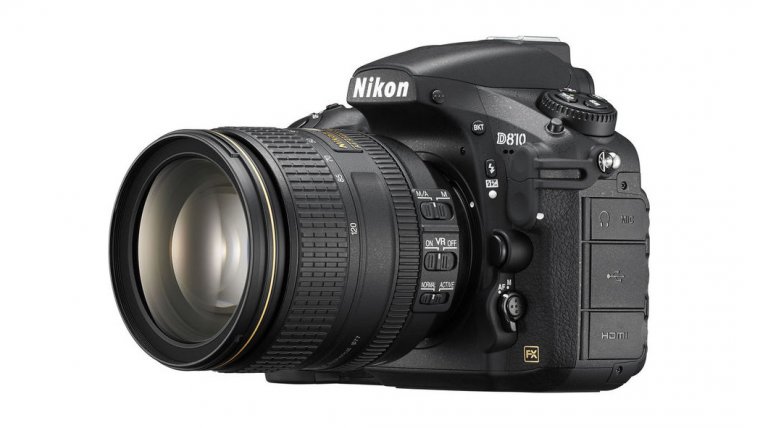
We’ve all heard the same story before, that megapixels aren’t everything and that you shouldn’t take megapixels as the only measurement of the camera’s quality and performance. It’s true that image quality is decided by a lot more factors than the resolution of the sensor and that often the lens dictates it more than the sensor itself. Nevertheless, can’t we have a very high-resolution sensor that also has great image quality? Well, Nikon thinks that we can with the D810. It sure is a challenge to achieve something like that of Nikon D7100, so let’s see if Nikon really did with this one.
Table of Contents
The body shape of the D810 is very similar to its predecessor, the D800E. It has everything you would expect for the best camera in its class: rugged body, magnesium construction, weather sealing and a whole lot of manual controls to fiddle with. Size wise it sits right in between the D7200 and the flagship workhorse, the D5. The grip itself is a little different than the one on the D800E and a little more comfortable due to some tweaks here and there. These are just some of the characteristics of Nikon D810. Do you think D810 would be able to meet the criteria for it to be considered one of Nikon’s best camera? Let’s find out.
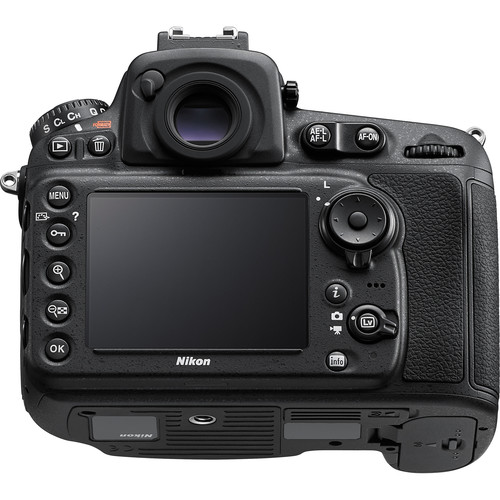
The viewfinder is the same as on its predecessor but with some subtle improvements like the improved coatings on the prism for better light transmission or the additional OLED panel that’s able to show lots of information while shooting in addition to the better visibility under the direct sunlight. On top of the camera, you’ll find the mode dial that also gives you the ability to adjust options like WB, ISO, continuous shooting modes, metering modes, self-timer, etc. On the top right side, you’ll find the usual Nikon button layout in addition to the monochromatic LCD screen as an additional option for viewing all of your important settings.
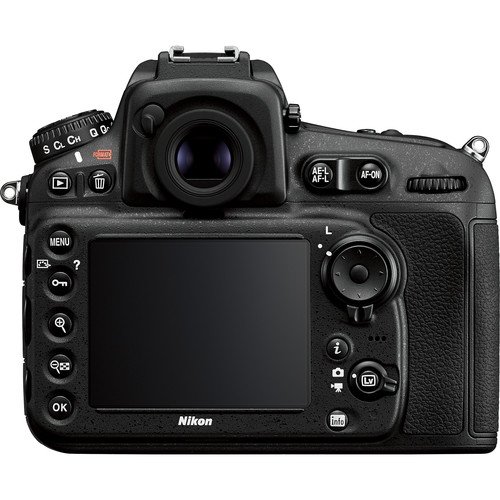
Another interesting feature is that the movie recording button can be reassigned to control many different things during still shooting like the ISO, WB and the image area which will give you a better way to adjust those settings when your camera is resting on your eye. The back of the camera also contains the usual button layout which will be very familiar for many Nikon users with the addition of the “I” button which activates the info display on the LCD. Aside from the little redesign of the AE-L/AF-L and AF-ON buttons nothing else has changed from the D800/D800E. It’s also important to point out the very good Auto ISO capability which gives you a lot of room to play with minimum and maximum ISO and shutter speed.
So like we’ve mentioned before, the D810 features an AF system with 51 autofocus points 15 of them which are 15 cross-type points. It works together with the 91,000-pixel RGB metering system that recognizes both colors and different patterns. There is a multitude of AF modes available and these are Single-point AF, Group area AF, AF-C mode (Dynamic AF area and 3D tracking).
The Single point autofocus mode is self-explanatory and allows you to only use the most sensitive center AF point for focusing which is great for the static subjects when all the other AF points aren’t necessary.
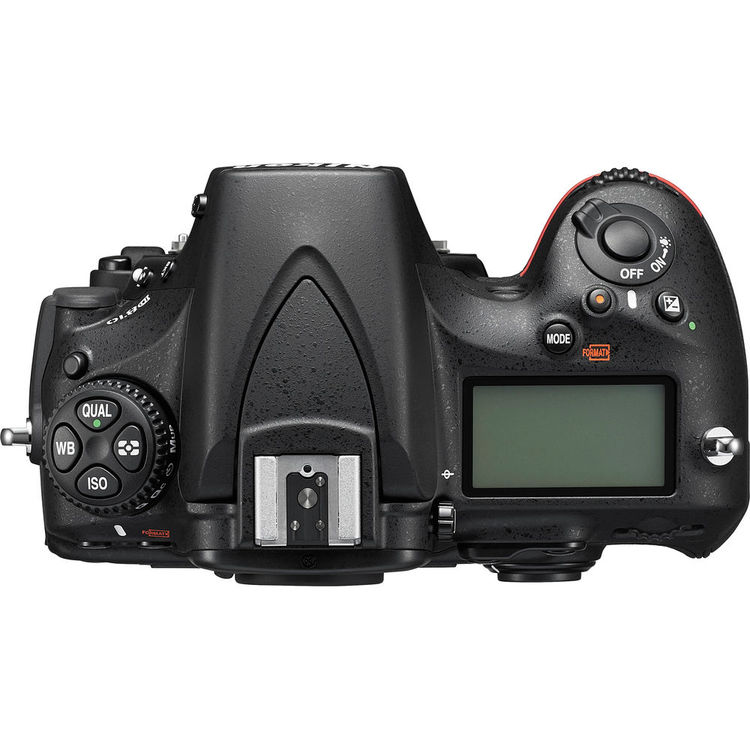
The Group area AF allows you to place a diamond shape made of 5 AF points anywhere in the frame so when the camera detects a subject near one of those points it will immediately focus on it. When in AF-C mode you can choose between the Dynamic AF area and 3D tracking. The Dynamic AF area will dynamically expand the AF area depending on the movements of your subject, using more surrounding points if the subject moves in the frame while the 3D tracking uses all the AF points and moves them around the frame trying to keep up with the subject. There’s also a Group-area AF mode in which the camera uses 5 focus points selected by the user and gives them the same priority which should make selecting the nearest subject to be in focus much easier.
The AF points themselves are very well laid out across the frame and you should have no problems in that regard, that is if you’re only shooting in daylight. While the autofocus in low light certainly isn’t bad by any standards it still lags behind the competition in this price range. The major problem is that the AF points just aren’t very sensitive in dim light conditions. The center and the most sensitive AF point has a lot of problems under the -1 EV when it begins hunting a lot and you’ll have problems if you need to acquire fast focus in these conditions. The outer AF points are naturally even worse, so subject tracking in low light conditions becomes a real chore with this camera. It’s a shame that Nikon dropped the ball on this one especially considering that the AF system in general works quite well. One area where the D810 excels when it comes to autofocus is the subject tracking.
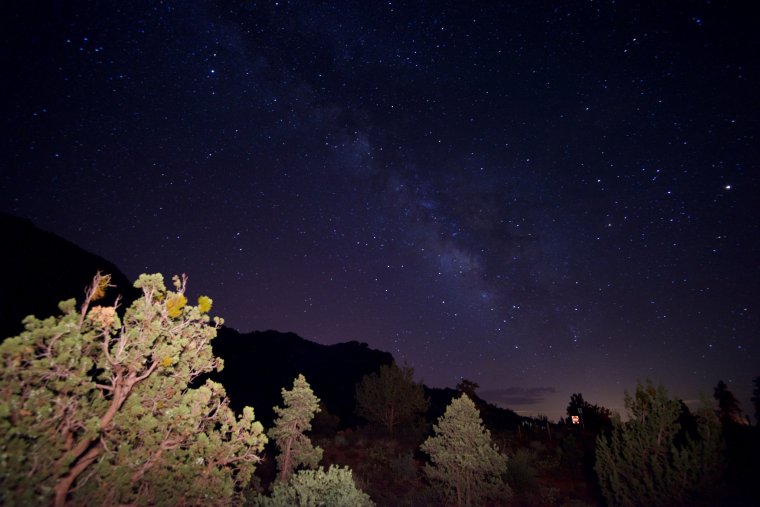
Photo courtesy of primemundo
The AF tracking mode (or 3D tracking how Nikon calls it) works extremely well and reliable. It’s designed to track and recognize moving subjects using the data gathered by the high-resolution metering sensor which is different from the phase-detect tracking we are used to seeing on other DSLRs. It even works very well while shooting bursts of photos with just a few frames here and there being a little out of focus. The AF system is also capable of predicting the movement of the subject so the subject is often in focus even before you press the shutter button. Really amazing technology that Nikon developed here, but it’s certainly a kind of performance we would expect from a high-end camera like this one.
Video is another interesting topic to talk about when it comes to D810, although many would argue that it is a photographic tool before being a video camera. Firstly, it can record video up to 1080p and 60 fps. It comes equipped with both the headphone and the microphone jack, the two things essential to any serious filmmakers out there. Other features include zebra highlight warnings, aperture adjustment (missing from the lower-end models), Auto ISO and the new flat picture control mode.
The flat picture mode works by shooting video at a lower contrast than usual thus saving more shadow and highlight information giving you the option to bring them back later in post processing and achieve better dynamic range. This mode also works for stills. You do lose some image quality and gain some artifacts in your files but it’s still a useful option to have in those situations where you really need more dynamic range. Unfortunately, not everything is sunshine and rainbows when it comes to video.
One of the strangest “features” out there is the fact that you don’t get the full view from the sensor while recording video; instead, you have to deal with the 1.1x crop factor that’s applied to it for some reason. We would also like if Nikon, among some other companies added focus peaking to their DSLRs, but there’s at least the option to zoom in on your frame when using the manual focus.
One area that proves that the D810 really was designed primarily as a stills camera is the video quality itself. While not particularly bad and usable in a lot of situations it’s still below par when compared to the competition in this class of cameras. The bitrates aren’t very high at any of the selected frame rate options which clearly shows some artifacts and impurities when taking a closer look at the videos themselves. That could also be one of the reasons why the 4K video recording is missing, Nikon is clearly aware that they need to invest more time and effort into optimizing the video quality of their cameras some more before jumping on the 4K wagon. Autofocus in video isn’t overly impressive either. It works but it tends to hunt a lot and the transitions between focusing on the different areas of the frame also aren’t very smooth and can be quite distracting; in this case, you’ll get far better results with some practice while using manual focus.

Photo courtesy of Bill Richmond
The last feature we would like to mention is time-lapse. As some of you may already know, the camera takes a set number of images in a set period of time and combines them into one video file. One useful feature that Nikon implemented is the Exposure smoothing which is here to smooth out the sudden light changes between different frames. Unfortunately like with the video itself some problems do arise here as well. The strange 1.1x crop factor is also applied here which doesn’t make much sense since we are dealing with photos combined into a video and this factor naturally doesn’t exist while shooting stills.
The second problem is that the images are heavily compressed which is something we wouldn’t expect from a powerful camera like the D810. The third and the final problem is that you don’t get the option to view your images separately from the video; a feature that would be very useful if you’d like to combine the photos by yourself after they were taken.
After the mediocre nature of D810’s video capabilities, it’s time to get back on right track with image quality. As is the nature of the most of the DSLRs you’ll get the best results when shooting RAW. The dynamic range and the noise levels at the lowest ISO of 64 are nothing short of impressive, surpassing all of the competition and even coming close to the performance of medium format cameras. You can comfortably pull out a lot of information out of your overblown highlights or underexposed shadows.
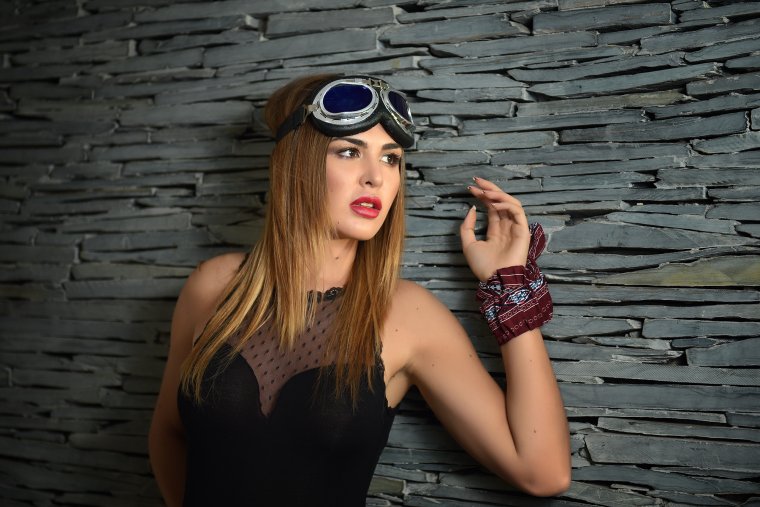
Photo courtesy of Mariano Montesano
The noise in the shadow areas is also quite low, which is honestly the kind of performance we would expect from a Nikon camera. It’s worlds apart from what the competition offers and gives you the option to produce some stunningly unique photos for that reason alone. Performance at the higher ISOs is a little less impressive, but still very respectable considering the huge megapixel count and smaller pixels. JPEGs created with this camera came out a little soft but with good colors that are a touch on the warmer side. Noise reduction algorithms aren’t the best around and they generally aren’t up to the task of keeping the balance between fine detail and the noise reduction itself. As we’ve said at the beginning if you want to get the best quality out of your photos just shoot RAW.
The D810 also sacrifices some image purity over more sharpness with its lack of AA filter and some moiré patterns can be visible in images of fabrics or architecture. In real-world usage scenarios, it isn’t that much of a problem and you probably won’t notice it most of the time unless you’re pixel peeping.
Let’s touch on some additional features of the D810. The first one is the Split-screen zoom in live view mode. This option splits your frame in the middle and at the same time showing the zoomed in left and right extremes so you can level up your horizon more precisely than before. This is one of those features that landscape photographers will really appreciate.
Next feature we should mention is the Highlight-weighted metering. In this metering mode, you can get the full benefit of the D810’s impressive dynamic range by retaining as much detail in your highlights at the expense of underexposed shadows. You can always bring those shadows back in post-processing and achieve an HDR-like type of the image.
This method is different from the standard Matrix metering that is used by default which works to balance out the exposure between the highlights and the shadows leaving you with some overexposed areas in those situations where you need all the information you can get from the highlights. You can also fine-tune any of the available exposure modes by yourself within the 1 EV range and in 1/6 EV increments.
Now, for those who are searching for one final opinion on the D810 or are too lazy to read the entire article (I know you are out there) here is a little summary for you. In short, if your line of work is all about photography, especially landscapes, portraiture or commercial work, then this is the camera of your dreams.
A high-resolution sensor packed in a rugged body full of manual controls and nifty little features to help you access everything on the camera more easily, fast operation with commendable burst rate and class-leading dynamic range and sharpness should all be the reasons to easily justify the purchase of this “little beast”. Even the high ISO performance is pretty good and we are talking to a 36-megapixel camera here. One aspect in which the D810 falls short in is in the video department.
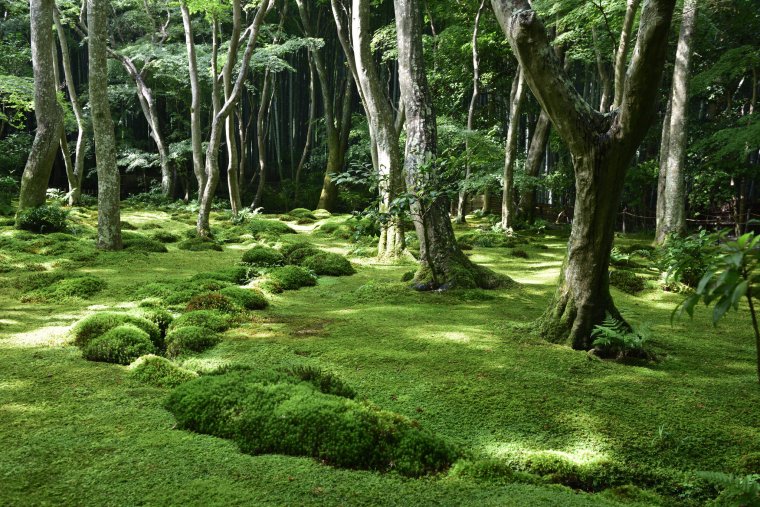
Photo courtesy of Phillipe Magniez
If you’re a serious videomaker then this clearly isn’t a camera for you. It’s pretty obvious was Nikon decided to focus their efforts. In conclusion, there really isn’t much to complain about the D810 aside from the video performance, everything else is spot on and very well implemented. If you care deeply about your photography and you want to stand out from the crowd with the photos that will wow anyone who takes a look at them then you should look no further than the D810.
This is the new standard in DLSR photography and the competition will have to work really hard to match this camera’s performance.
Comments (0)
There are no comments yet.